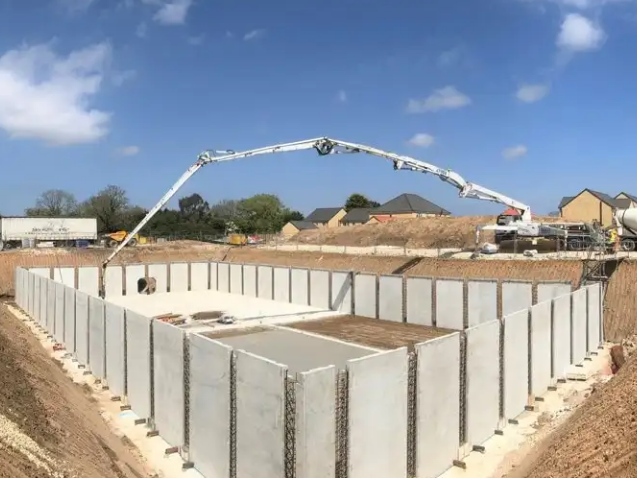A Brief Overview of Stormwater Harvesting
Rapid urbanization has disturbed the natural process of groundwater recharging and created numerous problems like waterlogging and water pollution. Modern stormwater management practices focus on capturing stormwater and reusing it for domestic and agricultural purposes. By retaining and treating stormwater on-site, the impacts of urbanization on hydrology and water quality can be reduced. There are many benefits of stormwater harvesting; some of them are as follows.
- Reduction in stormwater runoff volume
- Facilitates groundwater recharging
- Elimination of pollutants from stormwater
- Facilitates water conservation
- Conservation of water for domestic purpose
- Reduced stress on municipal water supply systems during peak usage
- Reduced on-site soil erosion
An efficient stormwater harvesting system comprises four elements i.e. collection system, storage unit, water treatment system, and water distribution channels. To collect rainwater from a region, it is important to design curbs, slopes and bioswales that would divert the rainwater to an underground attenuation tank. The bioswales comprise soil and plants that can absorb most of the pollutants from the rainwater. Once the water is collected into the stormwater attenuation tank, it can be treated by using various physical and chemical processes to removes solids, pollutants and microorganisms. If required, the water in the tank can be diverted through pumps.
There are lots of techniques used for creating an efficient stormwater harvesting system. And, your choice of products should depend on your specific requirements, type of soil, and space availability. A major point to consider here is that most pollutants in the stormwater should be eliminated before collecting it into the storage tanks. It can be achieved by implementing green infrastructure practices like green roofs and bioswales. Water collected from clean surfaces like roof catchments is acceptable for domestic purposes. Therefore, depending upon the household requirements, both the water collection and storage capacity can be increased.
Conclusion- Rapid urbanization has created numerous problems related to stormwater runoff, such as waterlogging and water pollution. Stormwater harvesting can eliminate all such issues. Moreover, by collecting and properly filtering the stormwater, it can be used for domestic and agricultural applications.


Comments
Post a Comment